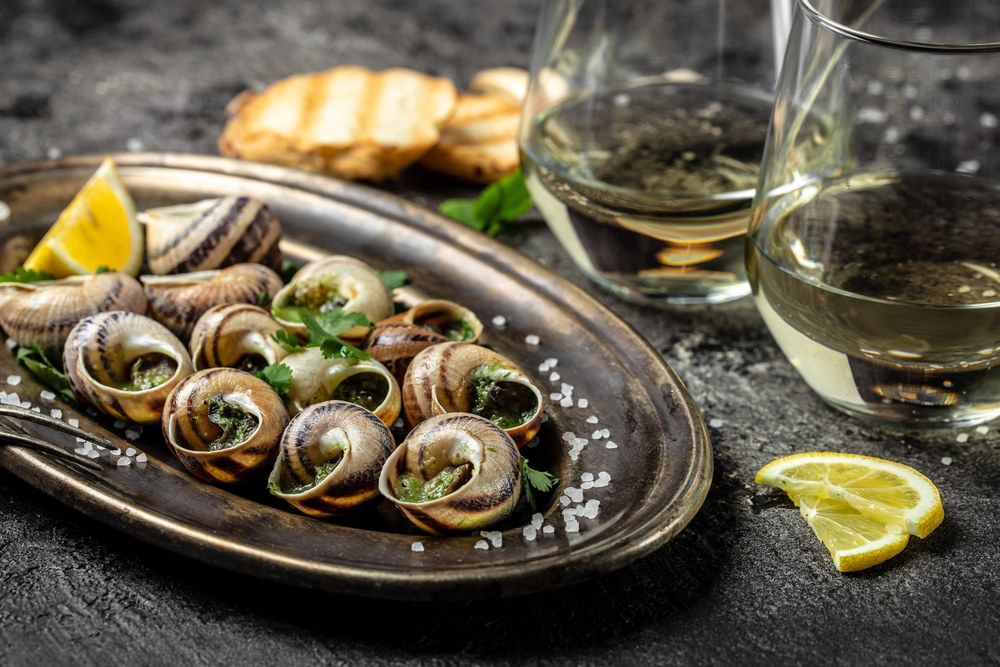

Produced by a rich and complex history, French cuisine has been nourished by various cultural and geographical influences. Living art is constantly renewed, it has been influenced by centuries of tradition, innovation and passion.
Let's go back to the big pages of his story:
The discovery of a new dish is more for the happiness
of mankind than the discoveries of a star.
The last stage of this gourmet lineage: French gastronomy really gains its gallons in the 19th century under the impulse of Auguste Escoffier. With him, it is structured by codifying a set of standards: cooking methods, rules of presentation, flavour associations... The inventor of Pêche Melba or Suzette crêpe was able to respect the traditions while innovating and, from the creation of the menu of the day to the optimized organization of the cooking brigades, his principles laid the foundations of classical French cuisine as we know it today.
Tradition and innovation, varied influences, permanent enrichment and - crucial ingredient of this recipe - the French's taste for the good and the pleasure of sharing a meal (the arts of the table are also, by the way, listed in the UNESCO World Heritage): high-ranking gastronomy could only be born in the country of the Eiffel Tower, this other heritage making France radiate throughout the world.
To enjoy the dynamic French gastronomic scene, make an appointment on the ground. Markets rich in local flavors, authentic bistroes, prestigious addresses where the new stars of the ovens practice or simple family meals following a recipe passed from generation to generation: it is everywhere and all the time that France makes this beautiful heritage live.
Valérie from Comme des Français
----
Complete your knowledge of French gastronomy with these articles